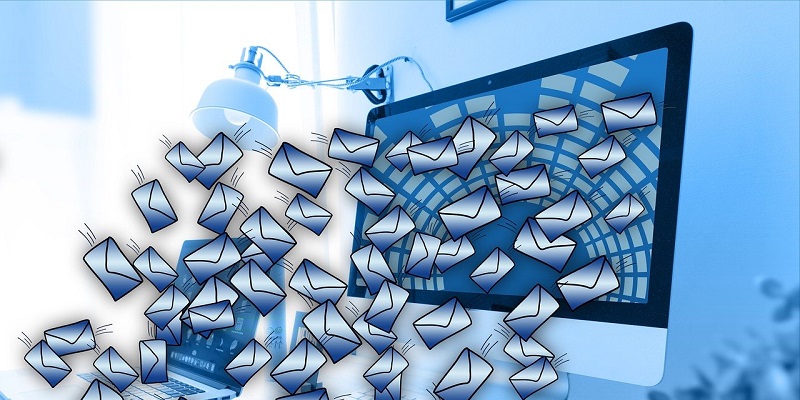Implementing effective email marketing strategies is crucial for the success of your business. In this guide, we will explore the best practices that can help you achieve remarkable results in your email marketing campaigns. From segmenting your email list to delivering value and personalizing messages, these strategies will maximize engagement and conversions. Let’s dive in!
Importance of Learning and Using Email Marketing Best Practices
Before planning and launching your email marketing campaign, it is essential to learn and utilize industry best practices. By familiarizing yourself with these practices, you can avoid common pitfalls and optimize your approach.
Segmenting your email list is a fundamental step in tailoring relevant messages to specific customer groups. By dividing your subscribers based on demographics, interests, and behavior, you can create targeted campaigns that cater to their specific needs and preferences. This approach increases open rates, click-through rates, and ultimately conversions.
Sending Regular Newsletters
Regularly sending email newsletters is an excellent way to introduce your business’s new products and services, offer discounted promotions, and update policies about your platform. Newsletters build brand loyalty, keep your audience engaged, and drive traffic to your website. Ensure your newsletters are informative, visually appealing, and designed with mobile users in mind.
Concentrating on Delivering Value
In email marketing, the primary objective of your campaign should be to serve as a resource provider. Focus on delivering valuable content that educates, entertains, solves problems, or fulfills your subscribers’ needs. By consistently delivering value, you build trust, loyalty, and a positive brand image.
Personalizing Email Messages
Personalization is the key to creating a meaningful connection with your subscribers. Address recipients by their names, send tailored recommendations based on their previous purchases or browsing history, and craft messages that resonate with their specific interests. Personalized emails foster a sense of individual attention and increase the chances of engagement and conversions.
Re-engaging Inactive Customers
Instead of letting inactive customers slip away, implement strategies to re-engage them. Design targeted campaigns that remind them of the benefits they once enjoyed or offer exclusive incentives to encourage their return. By reigniting their interest and reminding them of your value, you can win back their loyalty and reignite the business relationship.
Providing Engaging Subject Headlines
Subject headlines play a critical role in determining whether your emails will be opened or ignored. Craft compelling and engaging subject lines that generate curiosity, offer value, and create a sense of urgency. Experiment with different strategies, such as using humor, posing questions, or offering exclusive benefits, to capture your subscribers’ attention.
Mastering email marketing is a powerful tool for businesses to reach their target audience, build relationships, and drive revenue. By implementing the strategies outlined in this comprehensive guide, you can optimize your email marketing campaigns and achieve remarkable results. From segmenting your email list and providing value to personalizing messages and re-engaging inactive customers, each step contributes to a successful email marketing strategy. Don’t hesitate to start utilizing these best practices to unlock the true potential of email marketing for your business.

